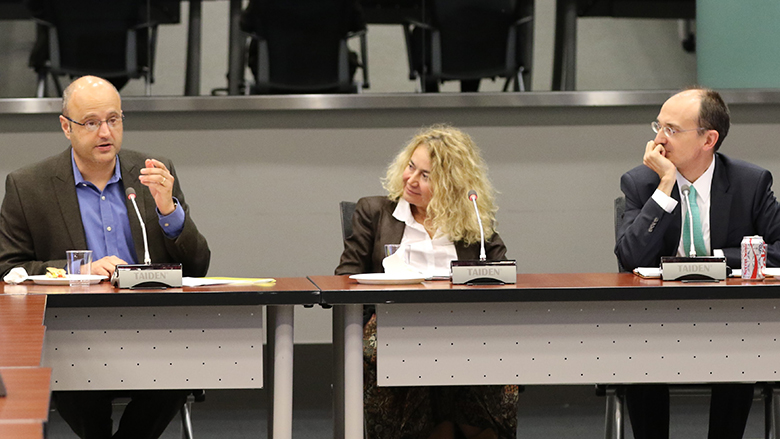For more than 35 years, the World Bank has estimated the number of people living in extreme poverty by setting a global poverty line and collecting data from households around the world. In 2015, more than 700 million people were estimated to be living on less than US$1.90/day. The same line is used by the World Bank, the United Nations, and many others to track progress towards the elimination of extreme poverty and to hold the international community accountable for achieving progress.
So when a team of World Bank economists set about updating the poverty line earlier this year, they knew they had a daunting task ahead of them. They had to balance the requirements of ensuring methodological rigor, using the best available data, and keeping the goalpost for eliminating extreme poverty securely fixed in place.
“When the World Bank says that global poverty numbers are going down, we are criticized for showcasing our success. When we say they are up, people accuse us of rigging the numbers so that we can stay in business a little longer,” said Research Director Asli Demirguc-Kunt. “Keeping this goalpost fixed has become even more of an issue recently, since in 2013 the World Bank announced the goal of ending extreme poverty by 2030.”
At a Policy Research Talk last month, Francisco Ferreira, Senior Adviser in the World Bank’s Research Department and a leading member of the team charged with the poverty line update, sought to bring transparency to the update by explaining in detail all of the methodological choices and data constraints the team faced in setting a new poverty line.
The measurement of global poverty trends over time requires establishing a benchmark line that is consistent across countries. Once that line is drawn, it needs to be held constant in real terms as relative prices change—that is: as the prices of goods and services vary differently over time across countries. Between 2008 and 2015 that line was set at $1.25/day in 2005 dollars. But in 2014, the release of new Purchasing Power Parity (PPP) conversion factors for 2011 necessitated the adjustment of the poverty line as expressed in dollars. PPP exchange rates allow for the comparison of the prices of goods and services across countries, even if they are not traded internationally.


